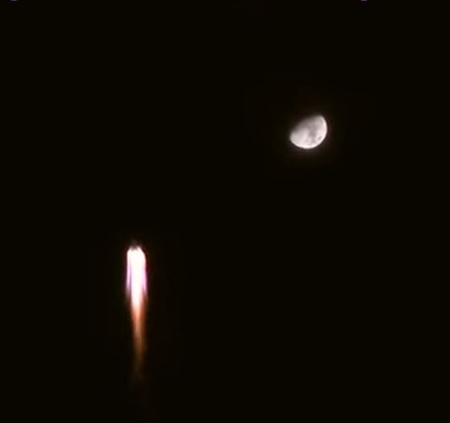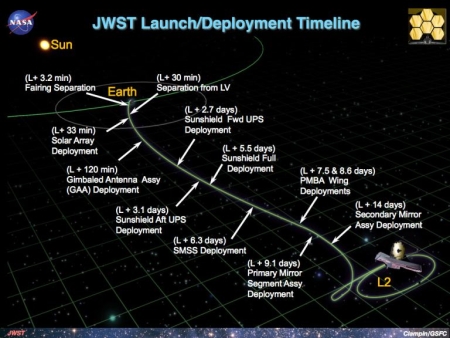Dry Martian chaos
On Mars, one of the most common kinds of landscape is called chaos terrain. Made up of mesas, buttes, and cross-cutting random canyons, this geology is not seen on Earth, and when first identified by scientists in early orbital pictures in the 1970s, it baffled them. While it is clear that some form of erosion process caused it, the scientists did not have enough data then to figure out what that process was.
Today scientists have a rough theory, based on what they now know about Mars’ overall geology and its climate and orbital history. The canyons of chaos terrain were originally fault lines where either water or ice could seep through and widen. See this January 2020 post for a more detailed explanation.
Most of the cool images I have posted of chaos terrain have been in places in the mid-latitudes that are covered with glaciers. See for example this December 2019 post of one particular mesa in glacier country, with numerous glaciers flowing down its slopes on all sides. That mesa is quite typical of all such mesas in the mid-latitudes.
Today’s cool image above, cropped to post here, takes us instead to the Martian very dry equatorial regions. The photo was taken on May 17, 2021 by the high resolution camera on Mars Reconnaissance Orbiter (MRO), and like mid-latitude chaos, it shows a collection of random mesas with canyons cut almost randomly between.
Unlike the mid-latitudes, however, there is no evidence of glaciers here. Instead, the canyons and mesa slopes are covered with dust, shaped into wind-blown dunes.
As always, the overview map below gives us some context.
» Read more
On Mars, one of the most common kinds of landscape is called chaos terrain. Made up of mesas, buttes, and cross-cutting random canyons, this geology is not seen on Earth, and when first identified by scientists in early orbital pictures in the 1970s, it baffled them. While it is clear that some form of erosion process caused it, the scientists did not have enough data then to figure out what that process was.
Today scientists have a rough theory, based on what they now know about Mars’ overall geology and its climate and orbital history. The canyons of chaos terrain were originally fault lines where either water or ice could seep through and widen. See this January 2020 post for a more detailed explanation.
Most of the cool images I have posted of chaos terrain have been in places in the mid-latitudes that are covered with glaciers. See for example this December 2019 post of one particular mesa in glacier country, with numerous glaciers flowing down its slopes on all sides. That mesa is quite typical of all such mesas in the mid-latitudes.
Today’s cool image above, cropped to post here, takes us instead to the Martian very dry equatorial regions. The photo was taken on May 17, 2021 by the high resolution camera on Mars Reconnaissance Orbiter (MRO), and like mid-latitude chaos, it shows a collection of random mesas with canyons cut almost randomly between.
Unlike the mid-latitudes, however, there is no evidence of glaciers here. Instead, the canyons and mesa slopes are covered with dust, shaped into wind-blown dunes.
As always, the overview map below gives us some context.
» Read more









